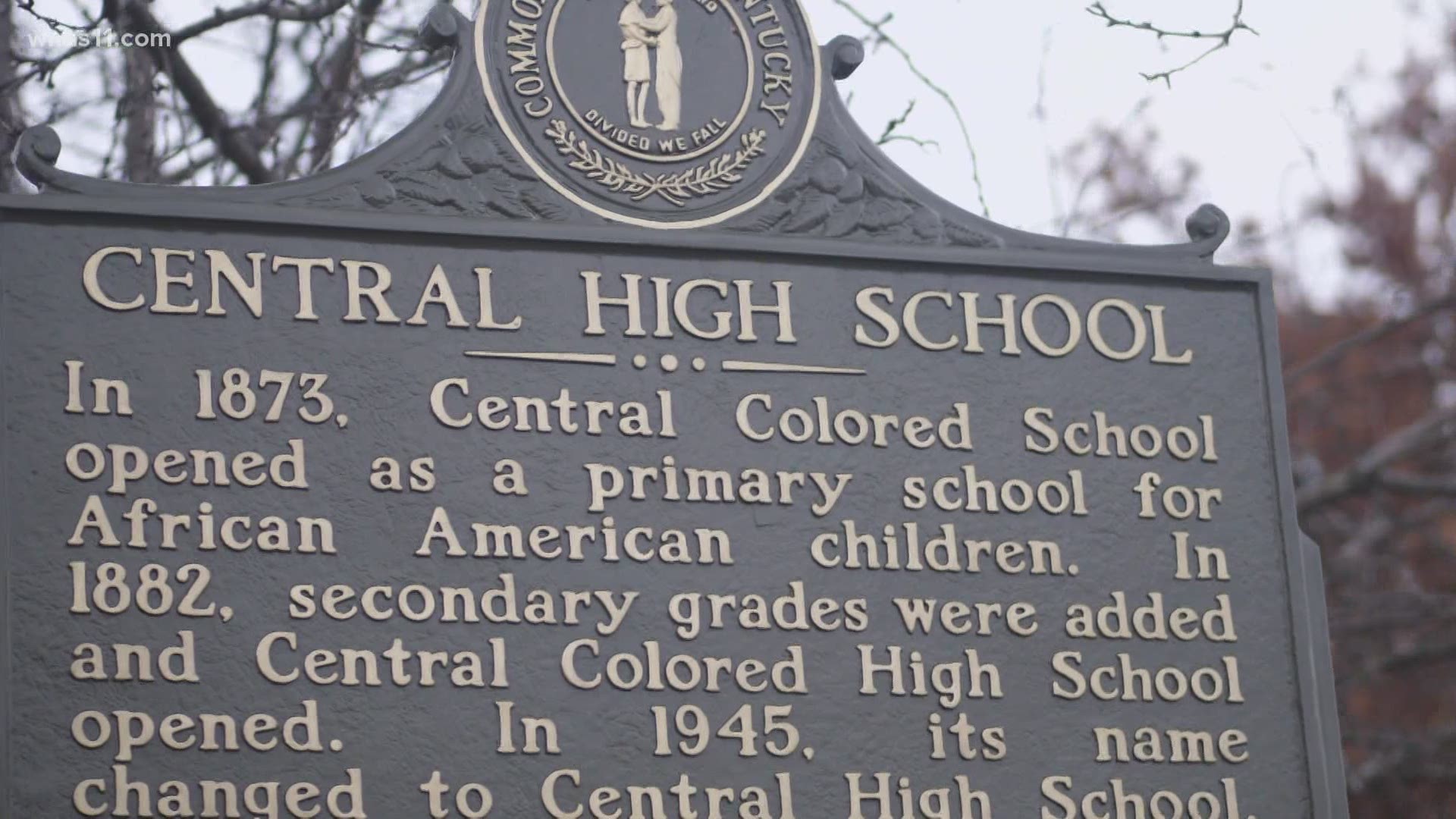LOUISVILLE, Ky. — If you were African American and wanted to be educated in Louisville during the late 19th century, options were very limited.
According to the Encyclopedia of Louisville, the city charter of 1870 provided that schools for African American children be established and a committee on schools for African American children was formed.
The first public schools for African Americans was opened in Louisville on Oct. 1, 1870 – one inside the Center Street African Methodist Church and the other in the Fifth St. African Baptist Church.
However, a building was erected in 1873 as a place where African Americans could receive an education. That same school, dedicated on Oct. 7, 1873, was dedicated at 6th and Kentucky Streets.
The Louisville Colored High School would be housed inside this building in 1882 after African American leaders appealed to the old Louisville Board of Education to have a school.
It was funded with taxes African Americans paid to the state.
The school would eventually evolve into Central High School and would move to a new facility on 12th and Chestnut Streets in 1952.
Central High School would be known as one of the most progressive high schools in Kentucky for African American students.
Today, the school is one of two in the state to offer a Montessori education. The magnet program also offers a career program including four areas of concentration – business, law, technology, and health services.
Some of the school’s famous alumni include Muhammad Ali, Lyman T Johnson, Alberta Jones, Lenny Lyles, Greg Page, Jimmy Ellis, Yvonne Young Clark and Elmer Lucille Allen.
The Lincoln Institute
The boarding high school for African Americans was opened in Shelby County in October 1912. The school was created by trustees of Berea College after the state’s Day Law, enacted in 1904, legally separated blacks and whites from being educated together in public and private facilities.
The Lincoln Institute, established on Lincoln Ridge, specialized in training educators and offered vocational education programs.
They didn’t receive state funding until the 1940’s but received help from an African American wealthy Lexington businessman, William Henry Hughes to stay afloat.
A foundation was also created outside of the school which currently helps high school students prepare for a post-secondary education. There is also an office located in Louisville.
In 1988, The Lincoln Institute Complex was added to the U.S. National Register of Historic Places.
The federal government leases the Shelby County property to house the Whitney M Young Jr. Job Corps Center.
It was named after Young Jr. who was the executive of the National Urban League and a member of the Big 6 in the March on Washington for Jobs and Freedom in 1963 alongside Dr. Martin Luther King Jr.
Other alumni from Lincoln include Young's sister, Dr. Eleanor Young Love, Mae Street Kidd, and Jesse Taylor Sr.
►Make it easy to keep up-to-date with more stories like this. Download the WHAS11 News app now. For Apple or Android users.
Have a news tip? Email assign@whas11.com, visit our Facebook page or Twitter feed.

